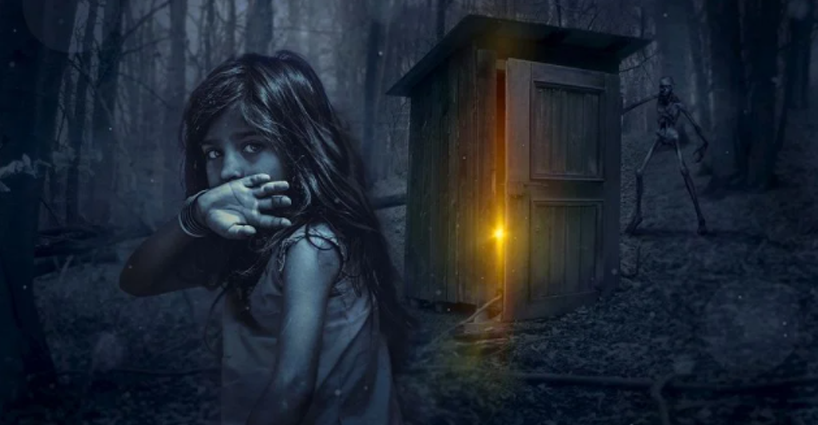|
|
As much as parents try to protect their children from traumatic events, it is sometimes just impossible. Children experience tornados, hurricanes, earthquakes, fires and auto collisions just as adults do, resulting in millions of kids and teens having Post Traumatic Stress Disorder (PTSD), and millions more having undiagnosed PTSD.
Pressures of Life
School shootings, unfortunately, have become a fact of life with seventy-five percent of children and teens who witnessed these tragedies developing PTSD. Forty percent of children who are physically abused also develop PTSD, while as many as sixty percent of sexually abused children do also. However, these numbers don’t show the accurate picture because many symptoms of PTSD in abused children don’t appear until later in life when the pressures of life begin.
Chemical Changes
Repeated childhood abuse or neglect occurring over long periods of time cause complex PTSD with severe, over-lapping behaviors, effects and symptoms. The trauma of abuse can actually chemically change a person – both mentally and physically.
Separation Anxiety
Moods and behaviors of children and teens can change from hour to hour and day to day, making it difficult to spot symptoms of PTSD. In very young, pre-school age children, they might exhibit a lot of prolonged interest in a certain monster, coupled with an increase in anxiety, simply because they can’t accurately describe the adult or the traumatic experiences. Some children become very agitated when one or both of their parents have to leave or go to work. Separation Anxiety is common when children realize their parents may leave, often screaming at the top of their lungs in terror.
Acting Out
Abused children often tend to be more withdrawn than the typical child, and can act out in very violent ways. Sleep disorders and eating disorders may occur and they may forget their potty training or how to dress themselves. Children might act out their abuse with their dolls or other toys in violent ways, or by repeatedly crashing toy trucks or cars into each other. They may draw angry pictures with violent lines going through various body parts indicating a stressful problem. They may develop stomach-aches or other aches and pains just before it’s time to go to daycare or the baby-sitter – also indicating a problem.
Children often develop guilt feelings as if they caused the traumatic event. Older children and teens develop very violent behavior, rebellion and delinquency, such as skipping school, shoplifting, joining gangs, promiscuity, using alcohol and drugs or other risk-taking behavior.
Hiding Inside
Some children are naturally quiet making it difficult to spot depression and withdrawal. Some children virtually stop playing outdoors, only wanting the safety of the family room or hiding out in their bedroom.
Over-Eating
Many children suffering with PTSD develop low self-esteem, very low opinions of themselves and their body. Over-eating becomes a way of making their body look unattractive, Obesity goes hand in hand with PTSD even among combat veterans. Bulimia Nervosa is the most linked eating disorder with PTSD. This involves eating large amounts of food and then force vomiting. Over-eating is a way of masking past trauma, current fears and the pressure of the future.
Self-Injury
Similarly, cutting, burning or other forms of self-injury are a way of disconnecting from the trauma and an attempt to escape from their problems, or to make themselves look unattractive. Self-injury actually adds more shame and guilt to an already troubled young person.
Needless Guilt
Children living in a household with a parent suffering from the effects of PTSD often take on a great feeling of guilt that they somehow caused the trauma by something they said, did, or wished. The child may become so affected by their parent’s turmoil that they begin to take on the same symptoms as the parent, without ever actually experiencing the traumatic event. It’s very important to let the child or children know that the PTSD is not their fault.
Perfect Little People
Other children try to become the perfect little person, always helping out around the house, and getting good grades at school. This can be a mask hiding their true fear that if they make some tiny mistake it will cause their parent’s pain to return or cause their family to fall apart. Children aren’t small adults. They can’t understand what is happening inside their heads or inside their suffering parent, nor do they understand how a parent feels about the child seeing this turmoil. It is important to make sure the child or children know it’s not their job to solve problems. Give them small projects to do if they want to help.
Escape from Stress
It’s crucial to create a soothing, stress-free environment for both the PTSD victim and the children. Try to maintain a normal household that’s not always about the PTSD victim. Have outlets for recreation or camping trips. Let the child escape from the stress. And tell the kids you love them every chance you get.
The topic of children and PTSD is far reaching with no two children or teens responding the same way. Emotions of anger, guilt, rejection, and self-pity all get in the way of everyone healing. So keep everyone’s life as calm as possible. Children need to regain a feeling that everything is safe and back to normal.
This report is not a diagnosis. We hope this information can guide you toward improving your life.
Review our Knowledge Base or the links displayed on this page for similar and related topics.

